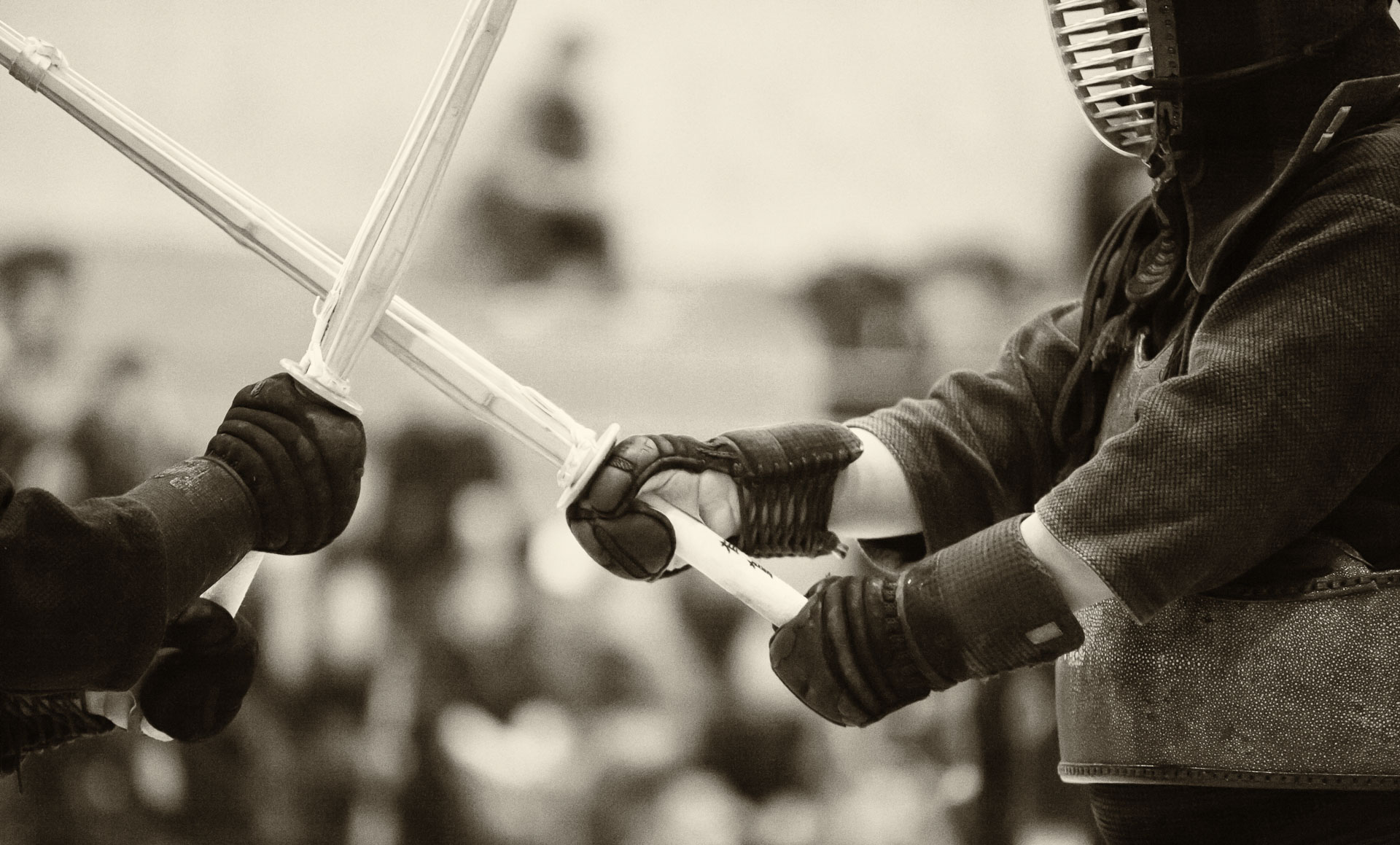
Street artists were hard at work at Plaza Balcón de Europa in Nerja (Spain) every night during our stay there. Their popularity among tourists obviously varied. The cartoonist who drew funny caricatures of models was, by far, the most popular artist. His skill was great, both in observation of the distinguishing features of his clients and in the drawing technique itself.
I think it can be traced, at least in part, to the sheer number of hours he spends practicing his craft. He was there literally every night, with the uninterrupted stream of clients, who were eager to pay 25 euros or so for their portraits. This was definitely, a high-volume operation, as far as selling art was concerned. I have had a couple of experiences with selling photography that way (helping to cover sporting and performance events), and every time, I was left with a feeling of having wasted my time. The whole production process was so mechanical and emotionally draining, that it left no space for creativity.
This time, observing the cartoonist, I was wondering how this artist was able to maintain his motivation to set up shop on the daily basis. Perhaps, the difference in the production processes between his “analog” drawing and digital photography is the key. Even though he worked very fast, he still spent considerable time on small details (which is the most fun, in my personal experience) and on what would be referred to in photography as “post-processing” – adjusting and manipulating the image that he had captured in his mind. Maybe, the way to stay motivated and to have fun with photography is to allow sufficient time to think about and work on individual images – something that is easy to lose in the digital workflow. 





























